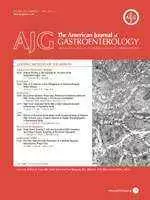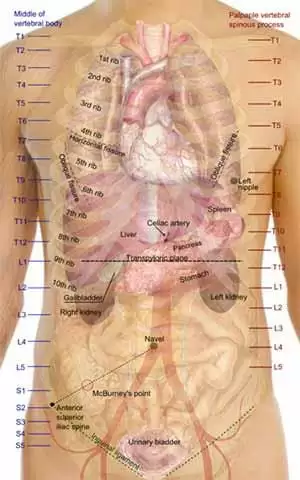Celiac.com 09/16/2008 - A team of researchers recently set out to examine the connection between celiac disease and primary biliary cirrhosis, primary sclerosing cholangitis and autoimmune hepatitis.
The research team was made up of Alberto Rubio-Tapia, Ahmad S. Abdulkarim, Patricia K. Krause, S. Breanndan Moore, Joseph A. Murray, and Russell H. Wiesner.
Celiac.com Sponsor (A12):
The team measured the rates of occurrence for tissue transglutaminase antibodies (tTGAs) and endomysial antibodies (EMAs) in end-stage autoimmune liver disease (ESALD). They then correlated autoantibodies and the human leucocyte antigen (HLA) haplotype. Finally, they assessed the effect of liver transplantation on antibody kinetics.
The team tested tTGA levels on blood samples from 488 prior to transplant. 310 of these had ESALD, and 178 had non-autoimmune disease. The team tested positive samples for EMAs, and retested at 6-12 and =24 months after transplant. They then correlated their results with the HLA type of the recipient.
The results showed that 3% of ESALD patients showed evidence of celiac disease compared to 0.6% of those with non-autoimmune disease. This represents a five-fold greater risk for those with ESALD. The prevalence of tTGAs was 14.2 for ESALD patients compared to 5.4% for those with non-autoimmune disease (P = 0.0001). The prevalence of EMAs was 4.3 for ESALD patients compared to 0.78% for those with non-autoimmune disease (P = 0.01)—significantly higher for those with HLA-DQ2 or HLA-DQ8 haplotypes.
After transplant, tTGAs and EMAs normalized in 94% and 100%, respectively, without gluten elimination. Also, three out of five patients with classical symptoms of celiac disease improved. The research team found two cases of intestinal lymphoma in two cases that showed no clinical signs of celiac disease.
Patients with ESALD, particularly those with HLA-DQ2 or HLA-DQ8 gene haplotypes, showed greater occurrances of celiac disease-associated antibodies. Following liver transplants, both tTGA and EMA levels decreased without gluten withdrawal.
The team also concluded that symptoms of celiac disease might be improved through immune suppression, but those improvements may not prevent the disease from progressing to intestinal lymphoma.
The study doesn’t tell what effect, if any, early detection and treatment of celiac disease might have on rates of ESALD. It would be helpful to know if celiac disease contributes to liver disease, if liver disease contributes to celiac disease, or if some third connection links the two. Until then, we’ll just have to keep a tight eye on developments concerning celiac disease and liver disease.
Liver Int. 2008; 28(4): 467-476.







Recommended Comments
There are no comments to display.